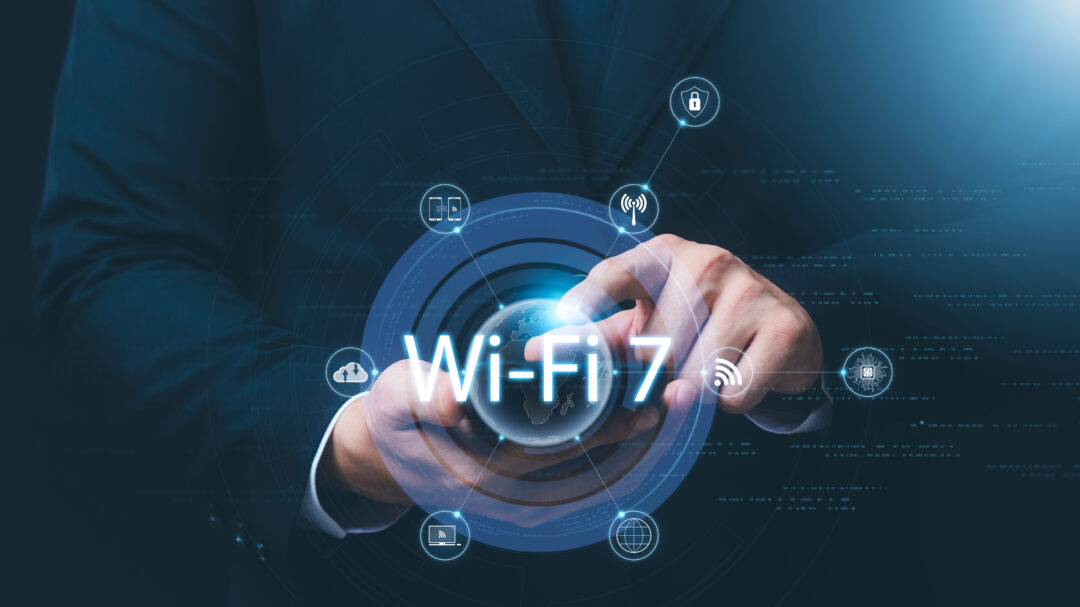The idea of creating visual diagrams of network infrastructure in order to understand the relationships between component systems is decades old. However, most network visualisation tools have stuck to just two dimensions.
Now, though, a UK-based company is introducing the third dimension, and it is using technology originally developed for computer games to make it possible.
The technology in question is the brainchild of Dr Chris Doran, a Cambridge University astrophysics researcher. Doran founded Geomerics, whose graphics technology is used in video games to create realistic lighting effects.
After winning investment from the UK’s Technology Strategy Board, Geomerics partnered with Cambridge IT consultancy Intergence to apply the same technology to network visualisation. The resulting product is called Hyperglance, and the company spun off to market it is named Real Status.
Real Status CEO Royce Murphy argues that 3D visualisation gives clearer insight into networking infrastructure than the existing 2D systems.
“The problem with 2D is that no matter how small you make the lines connecting the systems, those lines inevitably intersect and overlap,” he explains. “When you have a couple of hundred devices on the network, it gets very complicated and it is no longer decipherable. With a 3D modelling approach, you can navigate through the infrastructure model and see everything from the inside out.”
The system works by collecting data from standard network discovery tools and third-party systems management platforms, and algorithmically calculating the best way to construct a 3D model of all the components.
“One way to understand how the model is laid out is to imagine that all the network devices have a positive charge and want to repel one another, but the network links are tying them together,” explains Royce.
The system detects both physical and virtual systems, and Royce says one of the most valuable uses of Hyperglance is mapping the interdependencies between the two. Many of Real Status’s advance customers (the product is still in beta testing) use it in conjunction with VMware’s virtualisation management tools to do just that, he says.
“The system allows you to say, ‘I want any virtual connection to be a dotted line, I want a physical connection to be a solid line’. You can make virtual connections to storage orange, say, and virtual connections to CPU green,” Royce explains. “By using those visual cues, you can start to make sense of information that is just too complicated for current modelling techniques.”
It can also be used to alert systems administrators to issues that need immediate attention, such as a security breach on a business-critical system. “Every company will have intrusion detection software, patch management software and some way of rating the relative importance of all their business systems, but the output from all of these will probably be log files or spreadsheets,” he explains. “Hyperglance allows you to create an expression that says if an intrusion is detected, and there are known patch management issues, and the system in question is business-critical, then make the node flash red on the model right away.”
There is a danger for Real Status that Hyperglance might be dismissed as a toy – something nice to have but not essential – and its roots in video game technology may accentuate that impression. But Murphy insists that 3D visualisation makes a genuine difference to real-time systems management by capitalising on the pattern recognition capabilities of the human mind.
“By visualising data from multiple systems on a single model, we allow people to spot correlations on the fly, rather than write correlation-detection algorithms for every scenario they can possibly imagine,” he says. “It’s that ability to correlate data from multiple systems and take decisions at the speed of sight that is the real benefit here.”







